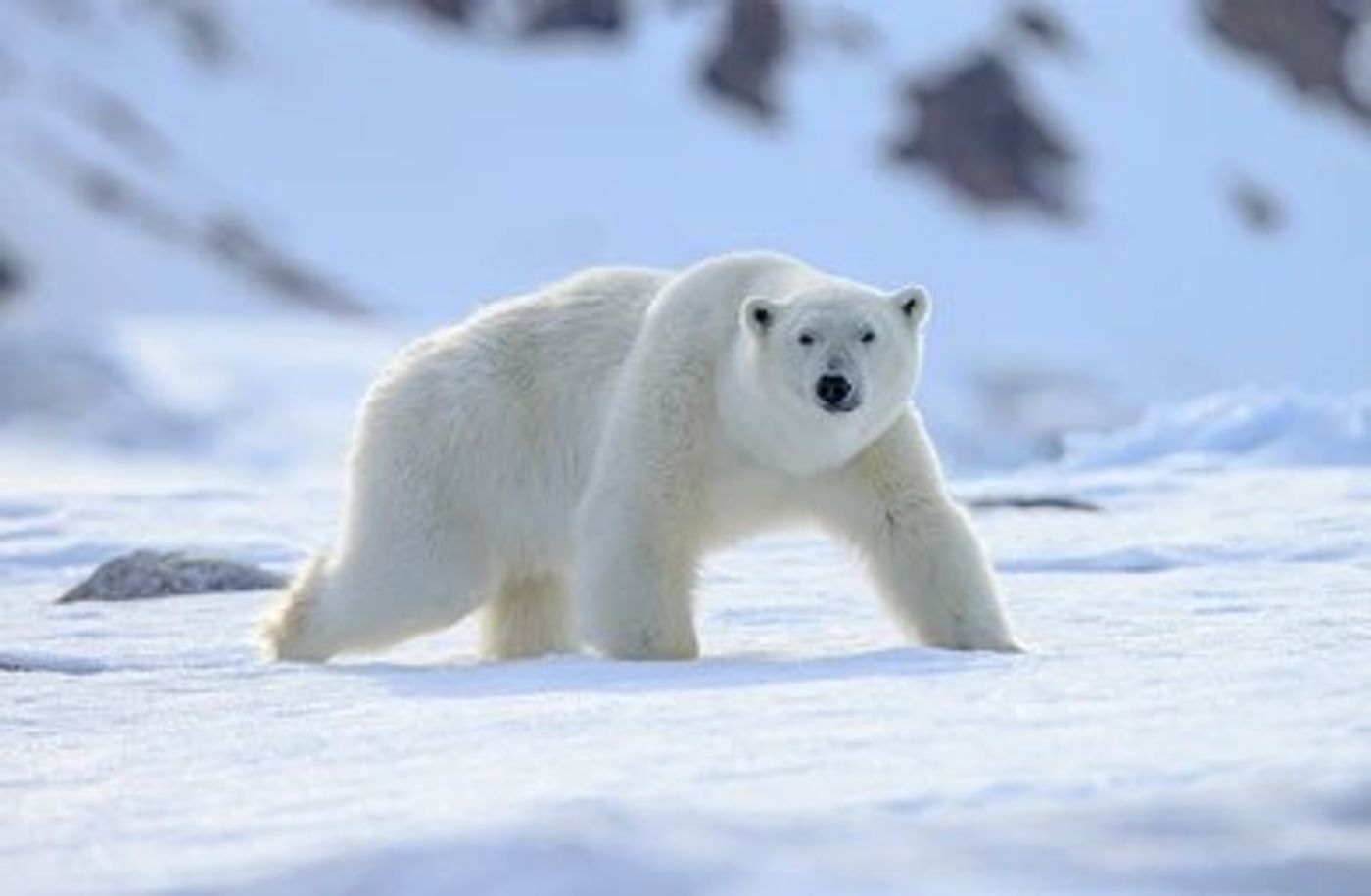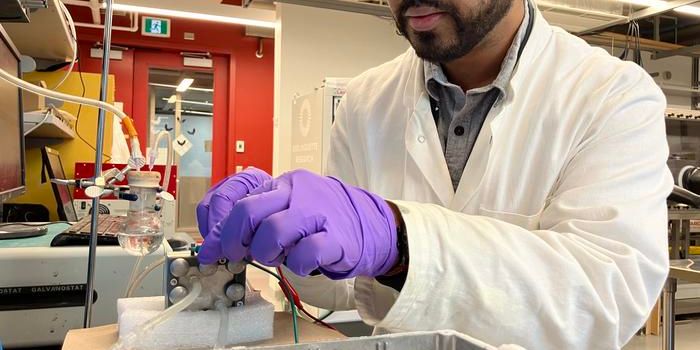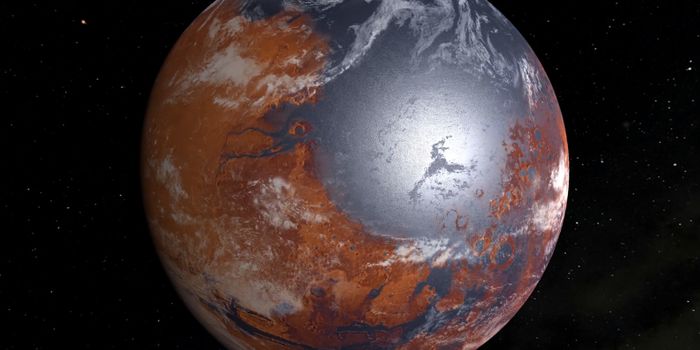A Greenland subpopulation of polar bears could shed light on the species' future as the Arctic continues to warm
Okay, let’s face it, polar bears are some of the most awesome animals on the planet. Technically classified as marine mammals, polar bears can swim constantly up to days at a time, they can weight as much as 10 men, they can smell their prey up to a kilometer away, and there are as many as 19 subpopulations of polar bears in the world. Of these 19 subpopulations, only 1 is increasing, 5 are stable and 4 are on the decline. The remaining 9 have not been assessed as they are data deficient, meaning scientists don’t have enough data about them to know how they are doing. But while 19 subpopulations seem like a lot, science teaches us that there’s always more to be discovered in the world.
In a recent study published in Science, researchers have successfully documented a previously unknown subpopulation of polar bears living in Southeast Greenland. This subpopulation is able to survive despite limited access to sea ice by hunting from freshwater ice that pours into the ocean from Greenland's glaciers. Since this isolated subpopulation is genetically distinct and uniquely adapted to its environment, studying it could shed light on the future of the overall polar bear species as the Arctic continues to warm.
"We wanted to survey this region because we didn't know much about the polar bears in Southeast Greenland, but we never expected to find a new subpopulation living there," said lead author Kristin Laidre, a polar scientist at the University of Washington's Applied Physics Laboratory. "We knew there were some bears in the area from historical records and Indigenous knowledge. We just didn't know how special they were."
"Polar bears are threatened by sea ice loss due to climate change. This new population gives us some insight into how the species might persist into the future," said Laidre, who is also a UW associate professor of aquatic and fishery sciences. "But we need to be careful about extrapolating our findings, because the glacier ice that makes it possible for Southeast Greenland bears to survive is not available in most of the Arctic."
This particular subpopulation is considered genetically distinct because the genetic difference between this group and its nearest genetic neighbor is greater than that observed for any of the 19 previously known polar bear subpopulations.
"They are the most genetically isolated population of polar bears anywhere on the planet," said co-author Beth Shapiro, a professor and geneticist at the University of California, Santa Cruz and investigator at the Howard Hughes Medical Institute. "We know that this population has been living separately from other polar bear populations for at least several hundred years, and that their population size throughout this time has remained small."
Researchers believe that part of the reason this subpopulation is so isolated is that the bears are bordered in on all sides to the west by the sharp mountain peaks and massive Greenland Ice Sheet, to the east by the open water of the Denmark Strait, as well as by the fast-flowing East Greenland coastal current that poses a hazard offshore.
The government of Greenland is ultimately responsible and will decide on any protection and management measures. The International Union for Conservation of Nature, which helps oversee protected species, is responsible for determining whether Southeast Greenland bears are internationally recognized as a separate population, the 20th in the world.
"Preserving the genetic diversity of polar bears is crucial going forward under climate change," Laidre said. "Officially recognizing these bears as a separate population will be important for conservation and management."
As always, keep doing science & keep looking up!
Sources: World Wildlife Fund Inc, Science









